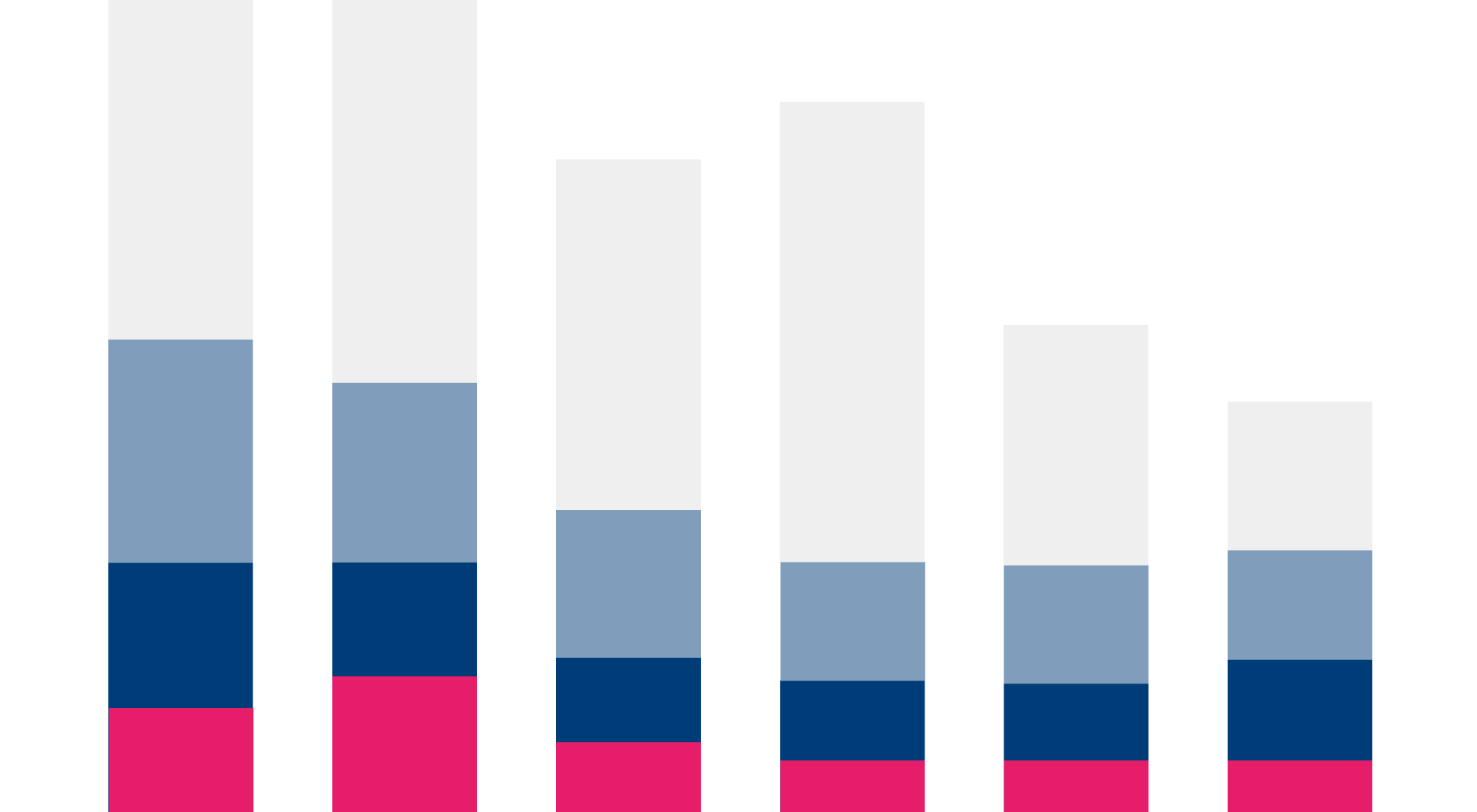The Finnish Institute of Occupational Health is investigating employees’ exposure by using biomonitoring and by measuring the impurities in the air of Finnish workplaces.
Description
The Occupational Safety and Health Act requires the employers to identify the hazards and risk factors caused by the work and work environment. If they cannot be eliminated, their impact on the health and safety of the employees must be assessed by using, if necessary, occupational hygiene measurements and/or by biomonitoring biological samples taken from the exposure agent or a metabolic product specific to it.
The occupational exposure inspections of the Finnish Institute of Occupational Health are usually based on the air samples taken from the breathing zones of employees at productional workplaces. Exposures that have happened cannot directly be deduced from the results, because usually when the respirators have been in use, the samples have been taken from outside the respirators. In other words, the presented concentrations in the air are so-called exposure concentrations, not exposures. Correspondingly, the biomonitoring results from blood, urine or serum samples presented here indicate the employee’s overall exposure, including things other than work-related exposure.
The biomonitoring results have been compared to the reference values of occupationally non-exposed and the biomonitoring action levels or binding limit values which the Finnish Institute of Occupational Health has set. Correspondingly, the exposure concentrations of the air samples have been compared to the Finnish Occupational Exposure Limits and/or similar binding limit values set by the Ministry of Social Affairs and Health (primarily the OEL (HTP) values 2018). If an exposure agent has been set a binding limit value higher than the OEL value, the results have only been compared with the OEL value.
What the graphs describe
There are two views available for the graphs: Overall results and Substance-specific results. The overall results describe the number of measurements in 2016–2019 by substance, and the development of the total number of measurements by year. The results of the air concentration measurements and biological exposure measurements can be viewed separately. Additionally, also presented for each exposure agent is the distribution of measurement results in relation to the limit values (the OEL value, binding limit value or reference value for air concentration measurements, reference value of occupationally non-exposed and the biomonitoring action level). The exposure agent graphs can also be viewed as relative, in which case the amount exceeding the limit value will be presented as percentages.
The view ‘Substance-specific results’ shows the exposure agent measurement results in more detail and it can be accessed by using the top menu or by selecting from the exposure agent graph the bar corresponding to the exposure agent. The histogram view shows the distribution according to the concentration and the limit values related to the exposure agent. For each exposure agent, the industries (air concentration measurements) or tasks (biological exposure agent measurements), from which the exposure agent measurements have been collected the most, is also presented. The graph shows a maximum of the material’s ten most common industries/tasks where there are at least five measurements for the exposure agent in question.
The industries for the air concentration measurements observes the industry categorisation of Statistics Finland from 2008. The task data of the biological exposure measurements has been collected as freeform text and for these measurements the results are indicative. When reviewing the results, it should be noted that not enough measurement material has been collected from all industries or workplaces for the result to be representative. Therefore, the industry and task numbers presented only represent the measurements collected in the material.
The Work-Life Knowledge service also offers an analysis article about the survey: Exposure to high concentrations of dust and heavy metals and other chemical factors in many industrial and productional workplaces 2016-2019.



